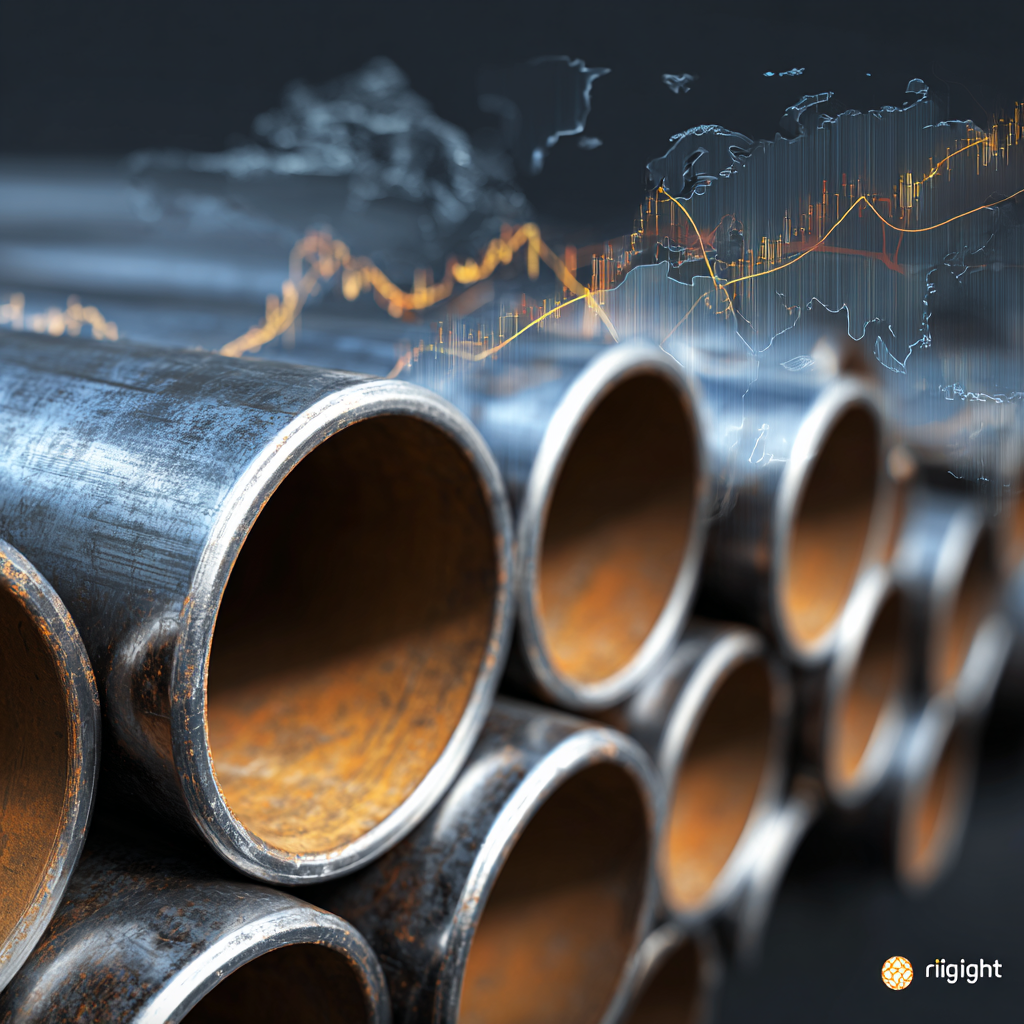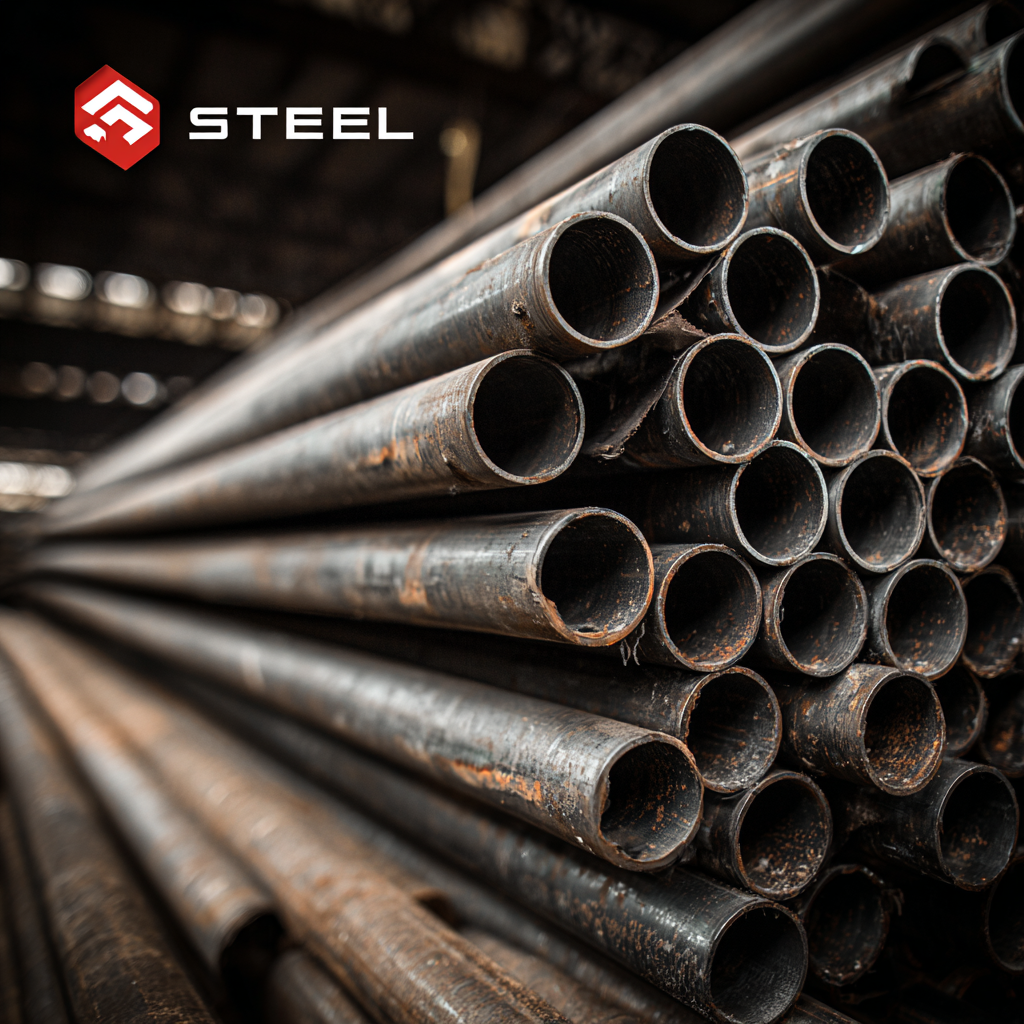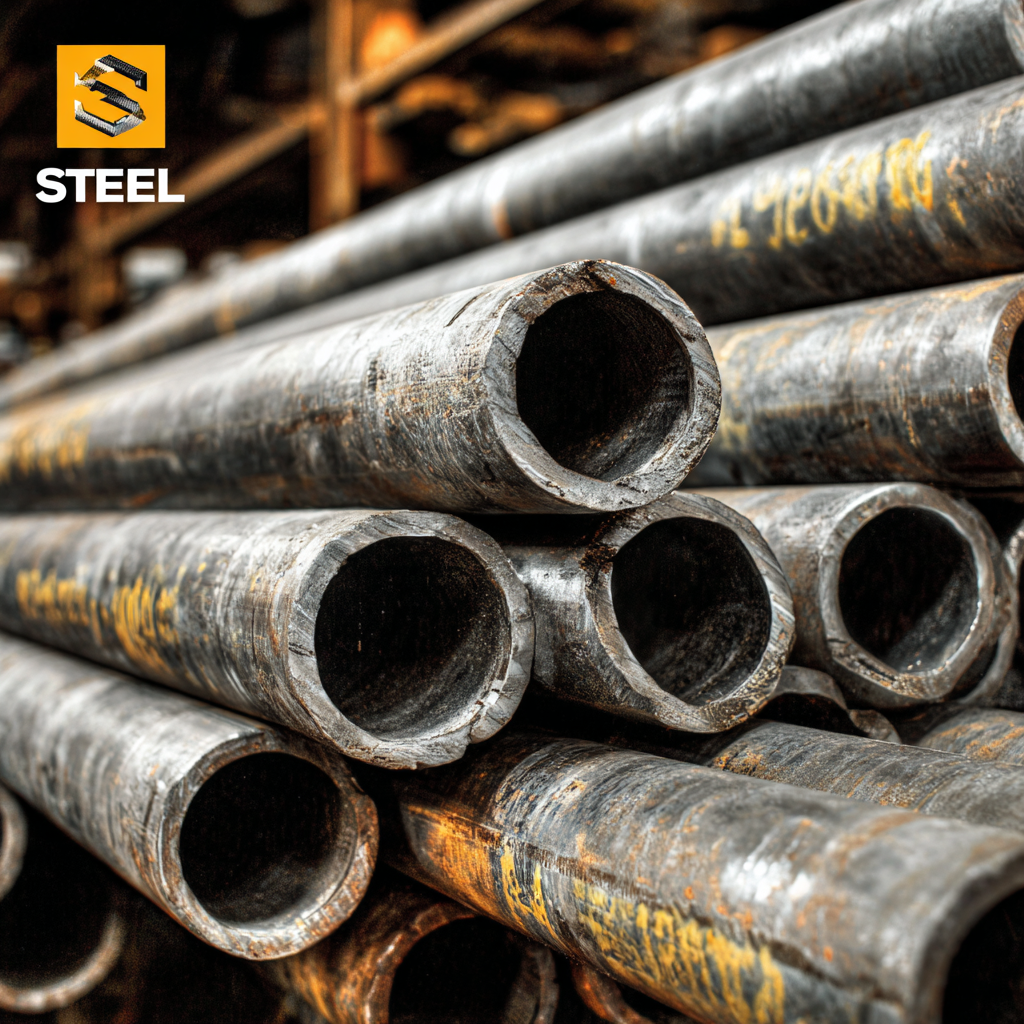As we look ahead to 2025, the global demand for steel pipes is poised for significant transformation, influenced by a myriad of industry trends and technological advancements. According to a recent market report by Grand View Research, the global steel pipe market was valued at over $120 billion in 2022 and is projected to expand at a compound annual growth rate (CAGR) of approximately 4.5% through 2030. This growth is largely fueled by increasing investments in infrastructure, energy, and manufacturing sectors. Additionally, the adoption of stricter production standards and sustainable practices will further shape market dynamics, compelling international buyers to adapt to these changes. Understanding these projected trends is essential for stakeholders aiming to navigate the evolving landscape of the steel pipe industry effectively.

As we look ahead to 2025, the global steel pipe market is poised for significant growth, driven by a multitude of factors including infrastructure development, energy projects, and manufacturing advancements. Current projections indicate that the demand for steel pipes is expected to rise steadily, with key markets such as Asia-Pacific leading the charge. The rapid urbanization and industrialization in countries like India and China are major contributors to this trend, as their governments invest heavily in infrastructure to support burgeoning populations and economic growth.
Moreover, the oil and gas industry remains a vital sector for steel pipe demand. The resurgence of exploration and production activities, particularly in offshore markets, is propelling companies to seek high-quality steel pipes that can withstand extreme conditions. In addition, the continuous shift towards renewable energy sources is creating new opportunities, with steel pipes being integral for constructing wind and solar energy infrastructure. Overall, by 2025, we can expect to see not just an increase in volume but also a shift towards higher-grade pipes that meet evolving industry standards, marking a transformative period for international buyers in the global steel pipe market.

The global steel pipe demand is projected to see significant growth over the coming years, driven by key industries such as oil and gas, construction, and manufacturing. By 2024, the global pipe joint market is estimated to reach $11.8 billion, with expectations to grow to $17.43 billion by 2033, at a compound annual growth rate (CAGR) of approximately 4.4%. One of the primary drivers of this demand is the expansion of energy infrastructure, particularly in emerging markets.
In addition to traditional steel pipes, the stainless steel pipe market also shows promising growth, expanding from $39.9 billion in 2024 to $59.81 billion by 2033, indicating a 4.6% CAGR. This growth can be attributed to the increasing use of stainless steel in various applications due to its corrosion resistance and mechanical strength, making it a favorable choice in industries like pharmaceuticals, food processing, and chemical manufacturing.
**Tip:** As a buyer or investor, staying informed about the advancements in manufacturing technology and pricing trends can greatly enhance strategic decisions. Furthermore, consider monitoring fluctuations in raw materials' costs, as these can impact overall market pricing, helping you make more informed purchasing or investment choices.
| Industry | Projected Demand in 2025 (Million Tons) | Growth Rate (Annual %) | Key Drivers |
|---|---|---|---|
| Construction | 45 | 5.0% | Urbanization, Infrastructure Investment |
| Oil & Gas | 30 | 3.2% | Energy Demand, Exploration Activities |
| Water Management | 20 | 4.5% | Quality Control, Regenerative Projects |
| Automotive | 15 | 2.8% | Sustainability Initiatives, Lightweighting |
| Manufacturing | 25 | 6.0% | Technological Innovations, Automation |
As we look forward to 2025, regional trends in steel pipe consumption reveal significant variations influenced by economic growth, infrastructure development, and industrial demand. According to a recent report by the World Steel Association, the Asia-Pacific region is projected to remain the dominant player in the steel pipe market, accounting for approximately 60% of global demand due to rapid urbanization and industrial expansion. Countries such as China and India are leading this charge, with China alone expected to consume over 45 million tons of steel pipes annually.
In contrast, North America is experiencing a resurgence in investment in energy infrastructure, particularly in oil and gas pipelines. The American Iron and Steel Institute estimates that steel pipe usage in this sector could see a growth rate of 4% annually through 2025. Meanwhile, Europe presents a mixed outlook, with demand for seamless steel pipes anticipated to rise due to stricter regulations on emissions pushing for cleaner energy solutions. With varying consumer needs influenced by regional policies and market conditions, international buyers must stay abreast of these developments to navigate the complex global landscape effectively.
As we look towards 2025, the impact of technological advancements on steel pipe production and quality cannot be understated. Innovations in manufacturing techniques, such as the adoption of automation and artificial intelligence, are streamlining processes, reducing production time, and minimizing waste. According to a report by MarketsandMarkets, the global steel pipe market is expected to grow at a CAGR of 4.2% from 2020 to 2025, driven in part by these technological improvements, which enhance both performance and reliability of steel pipes.
Moreover, advanced materials science is enabling the development of high-strength, lightweight steel pipes that not only meet but exceed industry standards. The introduction of micro-alloyed steels and coatings has enhanced corrosion resistance and durability, which is critical in sectors such as oil and gas, construction, and water distribution systems. A World Steel Association report indicates that modern steel pipe solutions can reduce life-cycle costs by as much as 20% due to extended service life and lower maintenance requirements. This evolution in production technology is not only elevating product quality but is also aligning with the increasing demand for sustainable practices across the industry, positioning global buyers for a more efficient and environmentally responsible future.
As the global steel pipe market looks toward 2025, sustainability initiatives are set to play a pivotal role in shaping industry dynamics. With increasing regulatory pressure and a burgeoning emphasis on corporate social responsibility, steel pipe manufacturers are embracing greener production processes. According to a recent report by Global Industry Analysts, the green steel market is projected to reach $32 billion by 2026, growing at a CAGR of approximately 11%. This transformation is not merely an option but a necessity for companies that aim to maintain competitiveness in an eco-conscious marketplace.
Innovations such as electric arc furnaces (EAF) and advancements in recycling technologies are becoming vital as suppliers aim to lower their carbon footprints. The World Steel Association reports that EAFs produce about 75% fewer emissions compared to traditional blast furnaces. As more buyers seek sustainably sourced materials, suppliers will likely see a shift toward environmentally friendly offerings, making sustainability an essential factor in procurement decisions. The integration of these practices not only aligns with global climate goals but also enhances brand reputation, appealing to consumers who prioritize sustainability in their purchasing choices.




